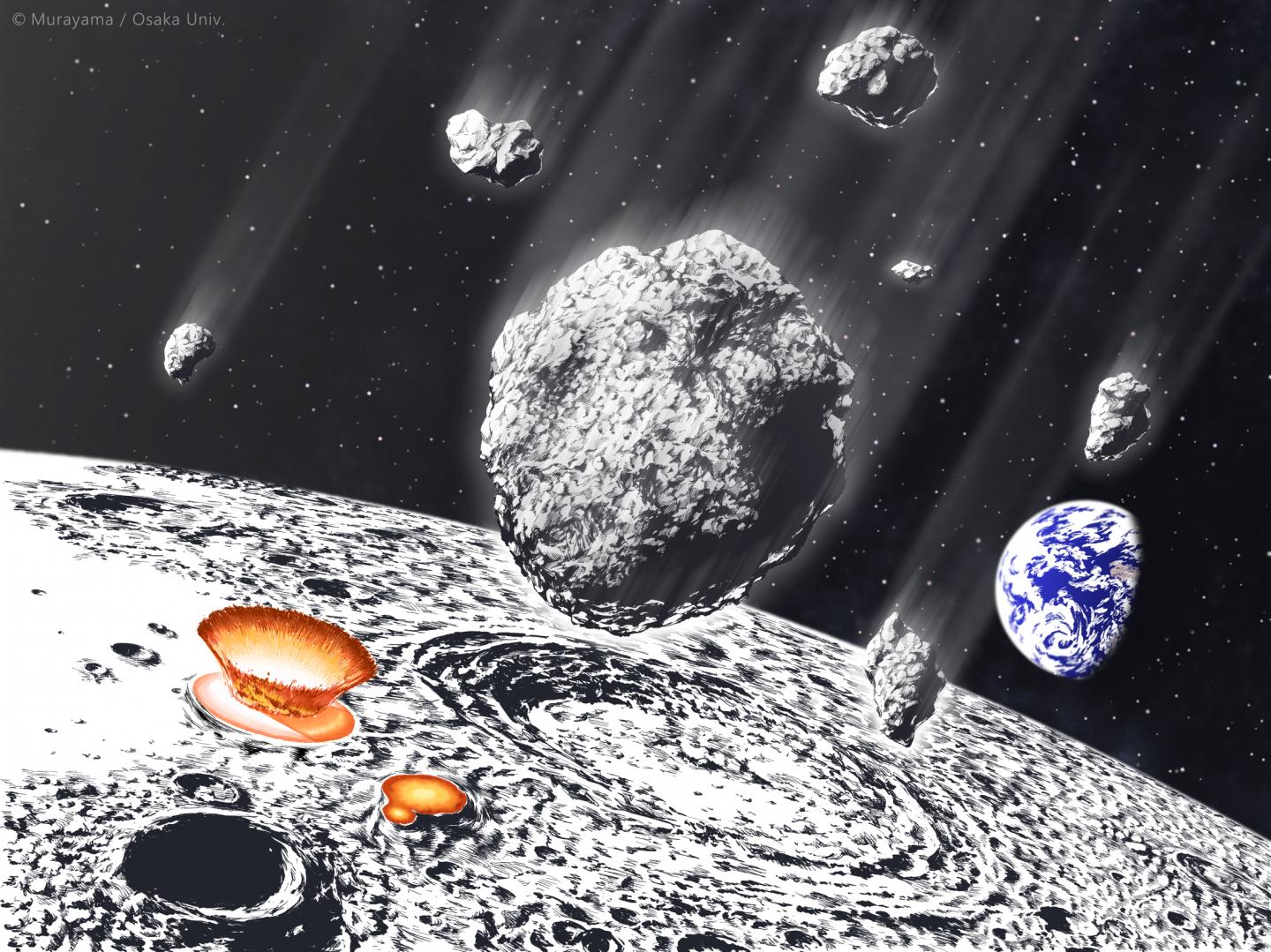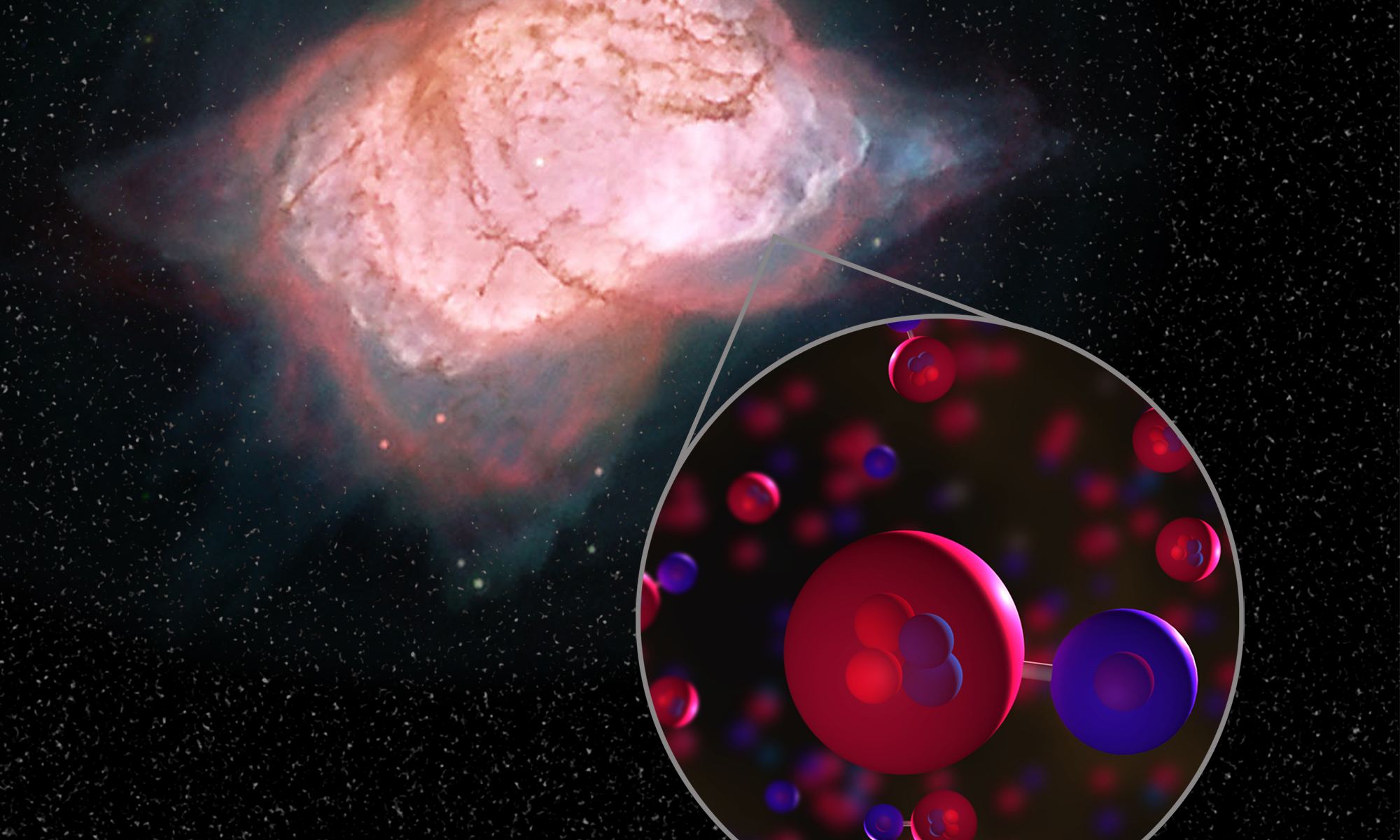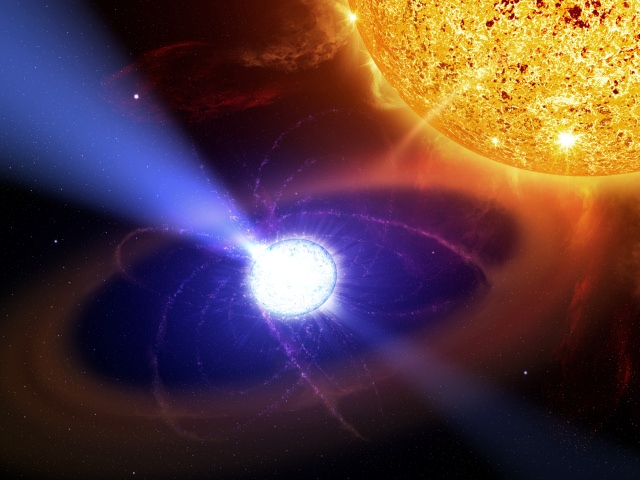Scientists have understood for some time that the most abundant elements in the Universe are simple gases like hydrogen and helium. These make up the vast majority of its observable mass, dwarfing all the heavier elements combined (and by a wide margin). And between the two, helium is the second lightest and second most abundant element, being present in about 24% of observable Universe’s elemental mass.
Whereas we tend to think of Helium as the hilarious gas that does strange things to your voice and allows balloons to float, it is actually a crucial part of our existence. In addition to being a key component of stars, helium is also a major constituent in gas giants. This is due in part to its very high nuclear binding energy, plus the fact that is produced by both nuclear fusion and radioactive decay. And yet, scientists have only been aware of its existence since the late 19th century.
Continue reading “Who Discovered Helium?”





